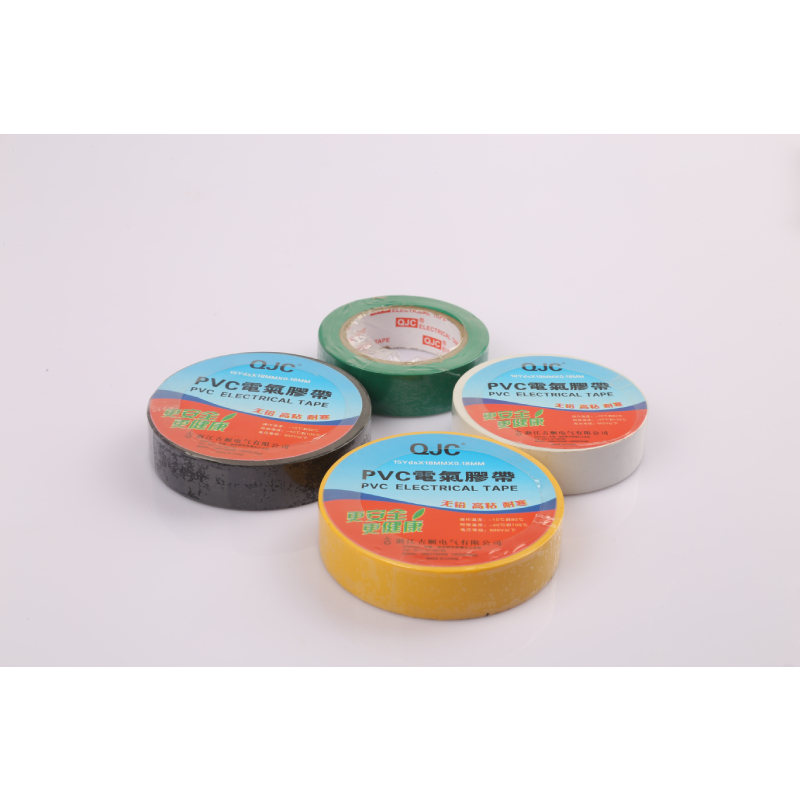The Versatility and Applications of Self-Amalgamating Rubber
Self-amalgamating rubber, often referred to as self-fusing or self-bonding rubber, is an innovative material that has gained significant popularity across various industries due to its unique properties and applications. This type of rubber stands out for its ability to bond to itself without the need for any adhesive, making it a pivotal material in situations where traditional adhesives may fail.
What is Self-Amalgamating Rubber?
Self-amalgamating rubber is primarily composed of silicone or EPDM (ethylene propylene diene monomer) rubber. It is designed to fuse upon contact, creating an airtight and waterproof seal. This unique feature allows the rubber to effectively conform to irregular surfaces, which is particularly beneficial in a wide variety of applications.
One of the defining characteristics of self-amalgamating rubber is its impressive resistance to environmental factors. It can withstand extreme temperatures, ranging from -60°C to over 200°C, making it suitable for both cold and hot conditions. Additionally, this rubber is resistant to ultraviolet (UV) radiation, ozone, and various chemicals, ensuring durability and longevity regardless of the environment in which it is used.
Applications of Self-Amalgamating Rubber
1. Electrical Insulation One of the most prominent uses of self-amalgamating rubber is in the electrical industry. It serves as an excellent insulating material, providing protection for electrical wires and components. When wrapped around electrical connections, it forms a secure, waterproof barrier that prevents moisture infiltration and corrosion. This property is especially critical in outdoor and industrial settings where wires are exposed to harsh weather conditions.
self amalgamating rubber

2. Automotive Industry In the automotive sector, self-amalgamating rubber is utilized for sealing joints, covering electrical connections, and providing insulation to high-voltage components. Its resilience to heat and chemical exposure makes it ideal for applications in engines and other high-temperature areas. Mechanics often prefer this material for quick repairs as it can seal leaks and protect circuits without the need for extensive downtime.
3. Plumbing and Pipe Repair Leaky pipes can lead to significant damage if not addressed promptly. Self-amalgamating rubber tape is often employed in plumbing repairs due to its ability to stretch and conform to various shapes, effectively sealing leaks in pipes. It is particularly useful for emergent repairs since it can be applied directly to wet surfaces and will bond upon contact, providing a rapid and durable solution.
4. Aerospace and Defense The aerospace and defense industries require materials that can withstand extreme conditions, including high altitudes and variable pressures. Self-amalgamating rubber is used in these fields to create waterproof seals for cables and connections in aircraft and defense equipment, ensuring reliable performance during critical operations.
5. General Maintenance and DIY Beyond industrial applications, self-amalgamating rubber is popular among DIY enthusiasts for various repairs and maintenance tasks. Its ease of use, requiring no special tools or skills, makes it accessible for everyday consumers looking to fix leaks or insulate cords around the house.
Conclusion
In conclusion, self-amalgamating rubber is an incredibly versatile and valuable material with a myriad of applications spanning multiple industries. Its ability to create strong, durable seals without the need for adhesives, combined with its resistance to weathering, makes it an essential component in electrical, automotive, plumbing, and many other fields. As technology continues to advance, the demand for innovative materials like self-amalgamating rubber is expected to grow, further establishing its importance in both industrial and consumer applications. Whether for professional use or personal projects, self-amalgamating rubber offers a reliable solution to a range of challenges, making it a noteworthy addition to any toolkit.
-
Self Amalgamating Tape: Redefining Electrical Insulation and ProtectionNewsAug.07,2025
-
Seal Strip Solutions: Revolutionizing Energy Efficiency and Comfort in Modern BuildingsNewsAug.07,2025
-
High Voltage Electrical Tape: Powering Safety and Reliability in Modern InstallationsNewsAug.07,2025
-
Flex Tape Waterproof: Transforming the Future of Instant RepairsNewsAug.07,2025
-
Elevate Electrical Safety Standards with High-Performance PVC Electrical TapeNewsAug.07,2025
-
Butyl Rubber Tape: The Ultimate Solution for Reliable Sealing and WaterproofingNewsAug.07,2025
